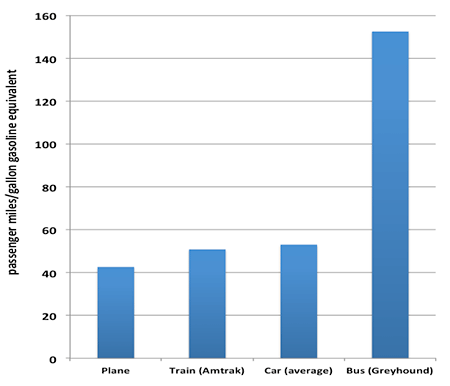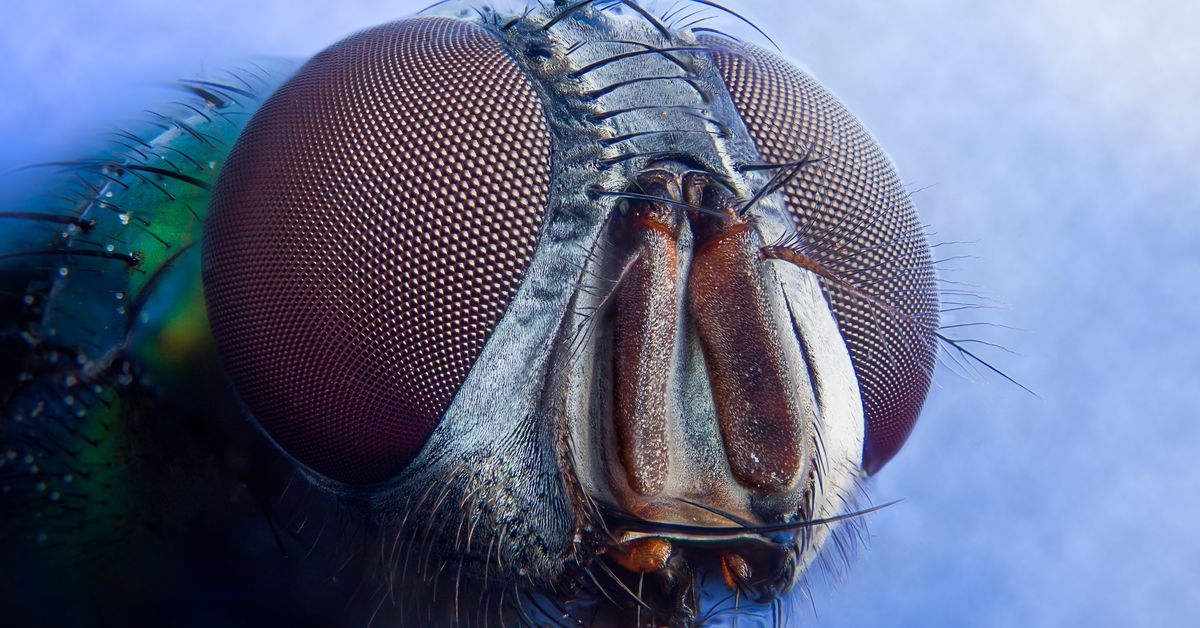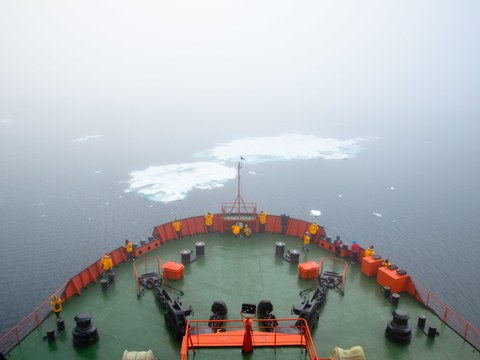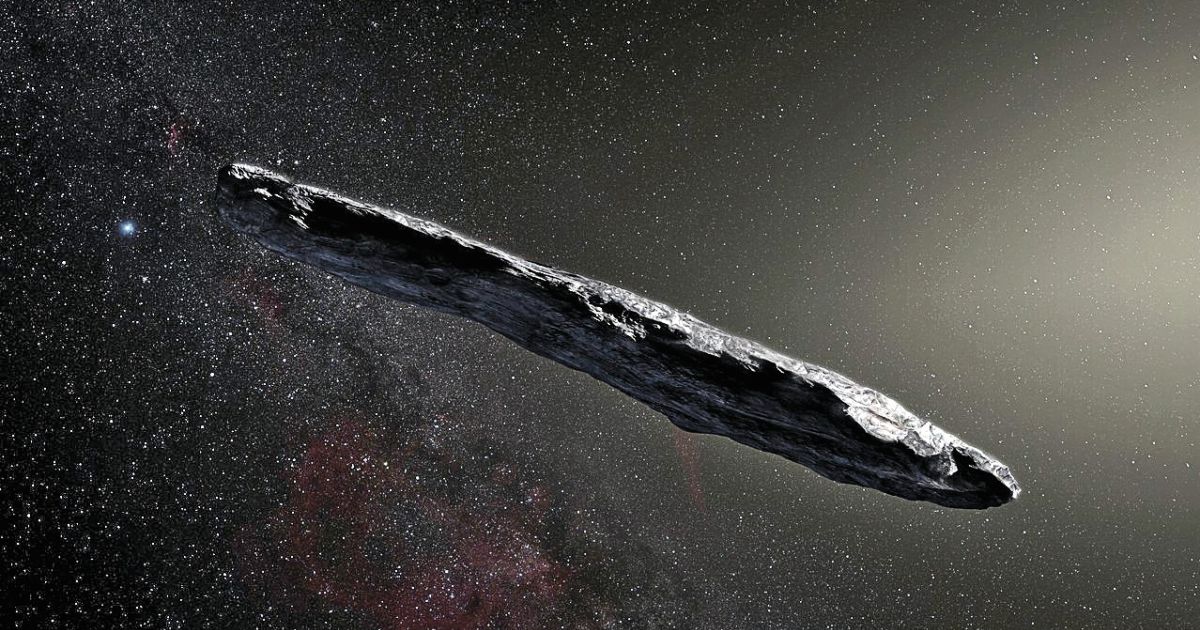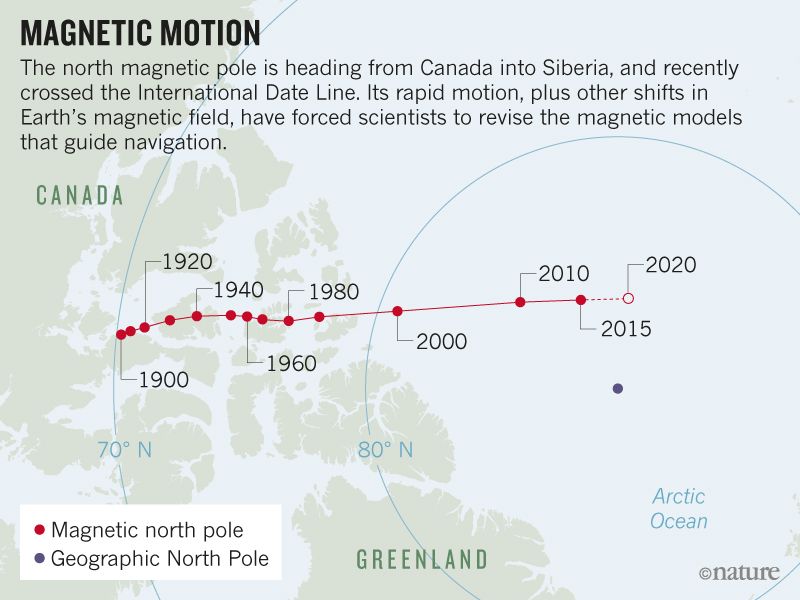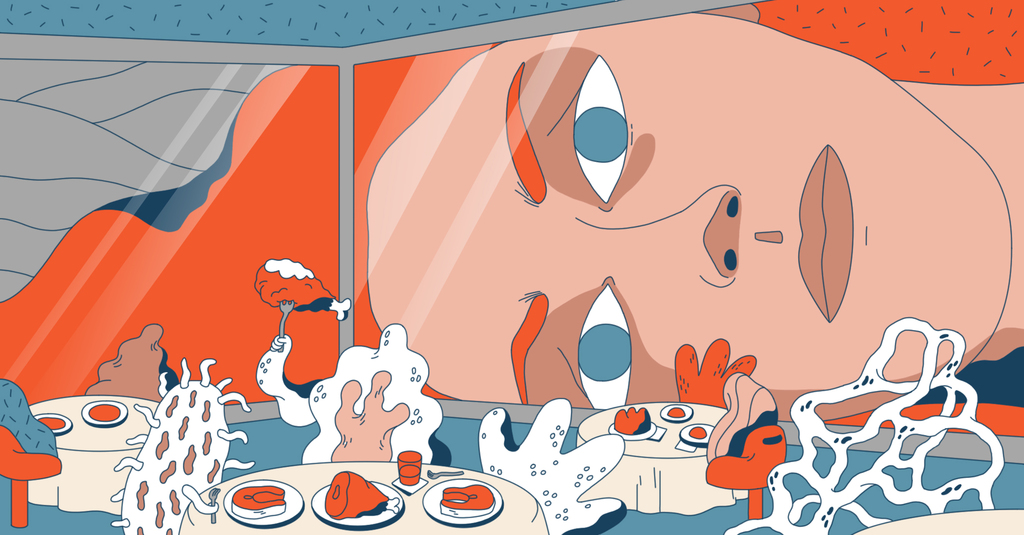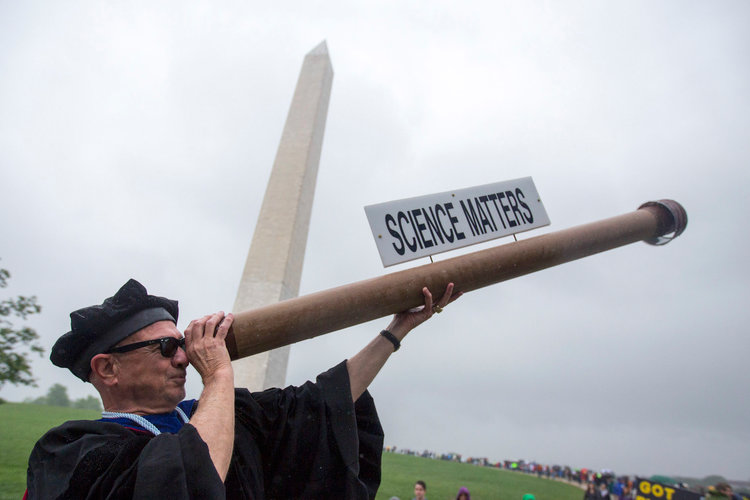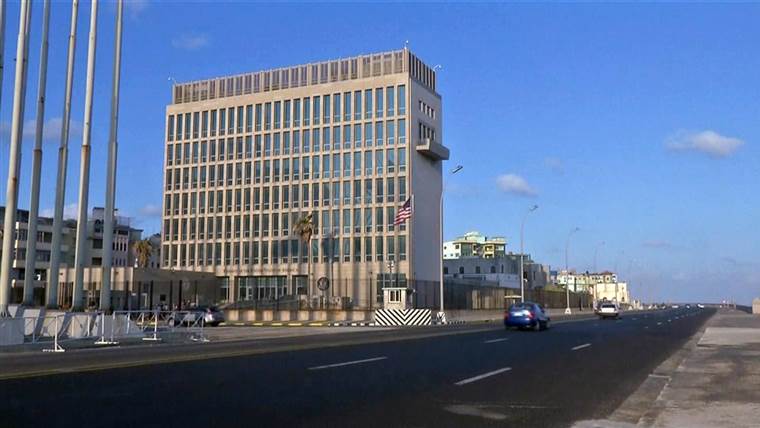A good analysis on which mode of transportation is the greenest.
One question we’ve fielded lately with the release of our US airline efficiency ranking is how the fuel efficiency, and therefore carbon intensity, of aircraft compare to other modes of transportation. Vehicles meet a variety of transport needs, in terms of what is transported (people vs. goods), distance traveled (short intercity trips vs. transoceanic transport), and speed (12 mph on a bike vs. Mach 0.85 in a long-haul aircraft). Typically, travelers choose between different transport modes based upon a variety of criteria—cost, speed, comfort, even safety—with carbon footprint generally only a secondary consideration. But, for those relative few who would consider planning a trip with carbon dioxide emissions in mind, here are some preliminary thoughts.
Source: Planes, Trains, and Automobiles: Counting Carbon | International Council on Clean Transportation
